
Ever wondered why homemade pizza never quite matches up to your favorite pizzeria’s perfection? Small missteps can sabotage your masterpiece. The right techniques make all the difference, and these 20 expert-backed secrets will help you craft flawless pizza at home. Let’s get started!
Choose The Right Flour
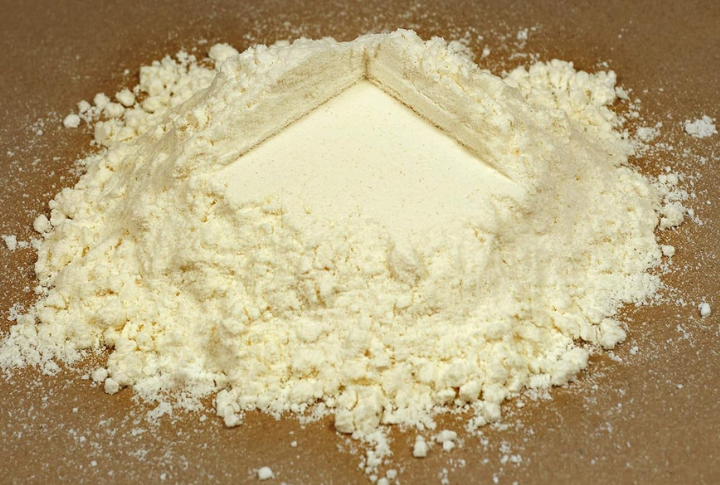
Flour is the foundation of your pizza. High-protein flours like bread flour or 00 flour create a strong gluten network to result in a chewy, crispy crust that holds up to toppings without becoming dense. Although whole wheat flour adds a nutty flavor, it can make the crust dense if not mixed with white flour.
Measure Ingredients
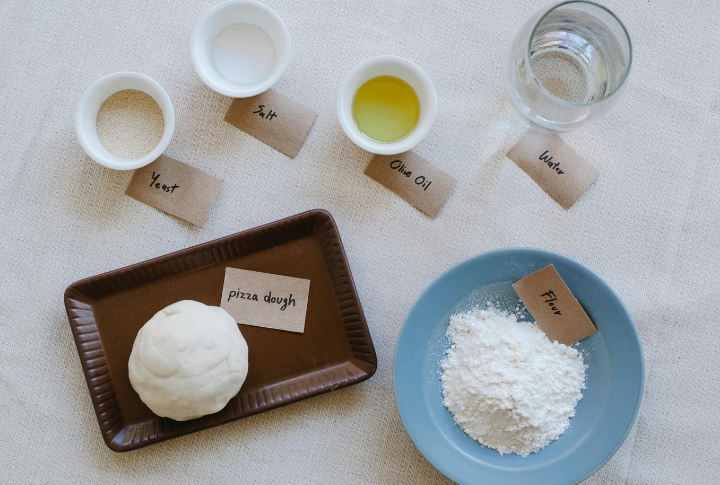
Baking is chemistry, and every ingredient must be in balance for perfect results. Measuring flour, water, yeast, and salt precisely ensures the dough ferments properly to achieve the right elasticity and texture. A digital kitchen scale is more precise than measuring cups, as flour density varies when scooped.
Allow Dough To Rest
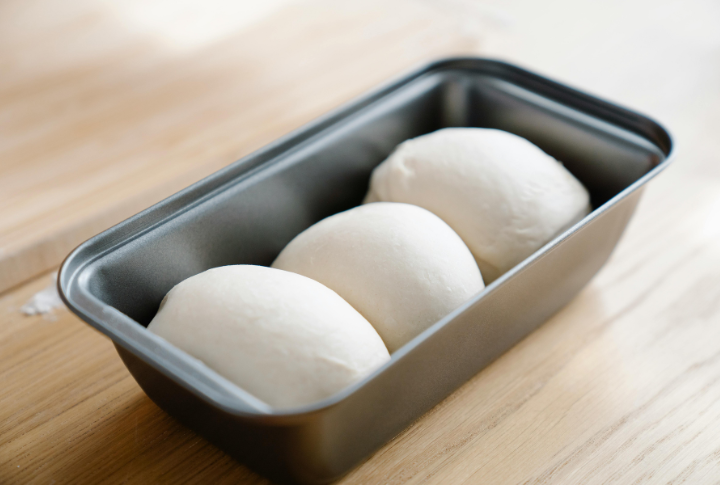
Gluten, the protein that gives dough its structure, needs time to relax after mixing. The dough will snap back if stretched too soon instead of holding its shape. A long, slow fermentation in the fridge for at least 24 hours creates a slightly tangy flavor that mimics pizzeria-quality dough.
Use High-Quality Yeast
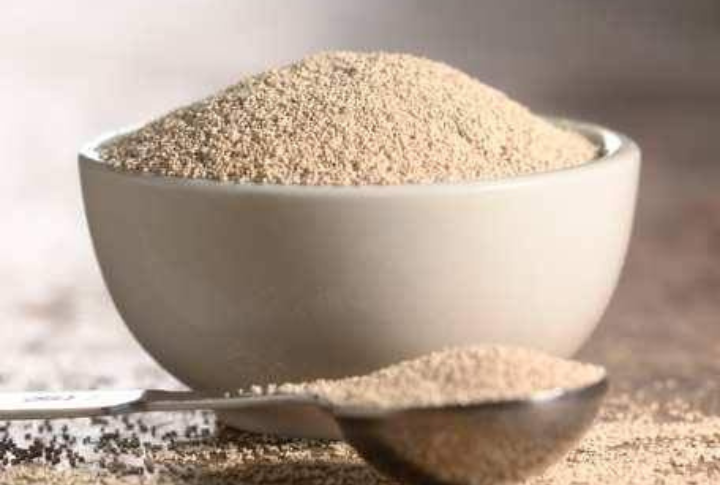
Yeast is a living organism, and its quality directly affects dough fermentation. Instant yeast and active dry yeast are good options, with instant yeast activating faster. If using fresh yeast, ensure it’s still active by dissolving it in warm water with a sprinkle of sugar. Expired or weak yeast won’t produce enough carbon dioxide.
Perfect Dough Hydration
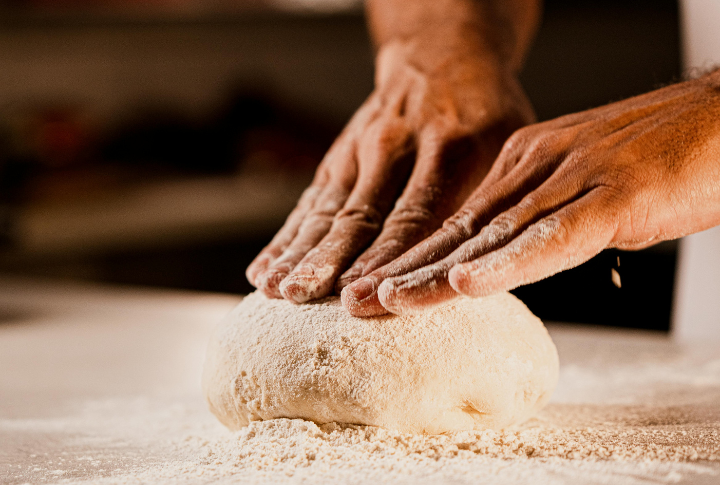
Hydration determines the final texture. Higher hydration (65-70%) results in an airier crust, while lower hydration (55-60%) produces a denser dough. The type of flour affects absorption; 00 flour requires less water than bread flour. Moreover, sticky dough might seem difficult to handle, but it produces better bubbles and structure.
Stretch Dough Instead Of Rolling
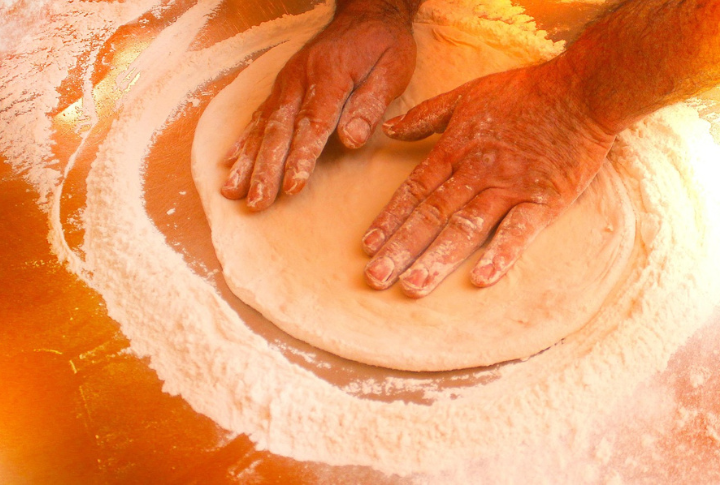
A rolling pin may seem like a quick fix, but it forces out air bubbles needed for a light, airy crust. Hand-stretching maintains the dough’s internal structure, allowing bubbles to form naturally. Professional pizzaiolos use their fingertips and gravity to gently pull the dough outward while rotating it.
Check Dough Thickness Before Baking
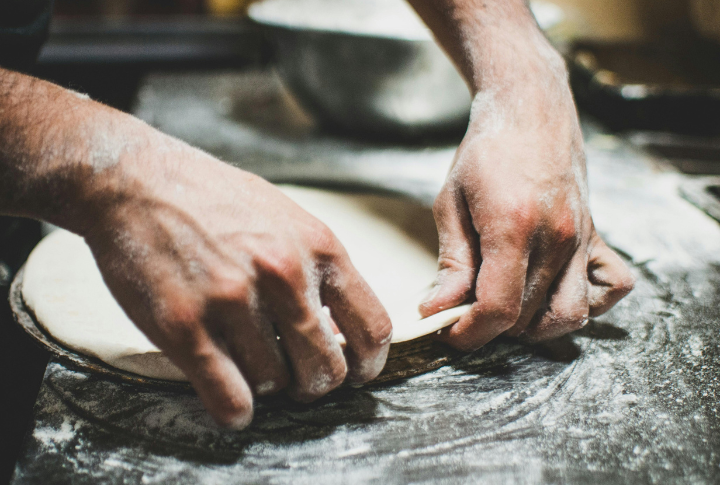
The thickness of your dough plays a significant role in your pizza’s final result. For a thinner, crispy crust, stretch the dough as much as you can without tearing it. If you prefer a thicker crust, make sure your dough is evenly thick throughout to ensure consistent cooking.
Preheat Your Oven

A cold oven equals disappointment. Pizza needs at least 500°F to bake properly. Professional ovens reach 900°F, but most home ovens cap at 550°F. Preheating for at least 30 minutes ensures the baking surface is evenly heated to prevent undercooked centers. A well-preheated oven produces a crisp crust and fully cooked toppings.
Invest In A Quality Pizza Stone
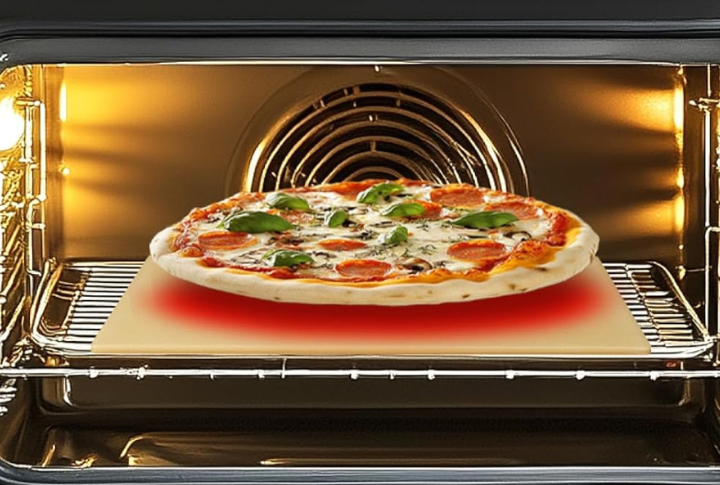
A baking sheet won’t cut it. You need a preheated stone that prevents soggy crusts by instantly setting the base while baking steel conducts heat even more efficiently for a charred finish. Letting the stone heat in the oven for at least 45 minutes before baking makes all the difference in achieving a restaurant-quality crust.
Use Cornmeal
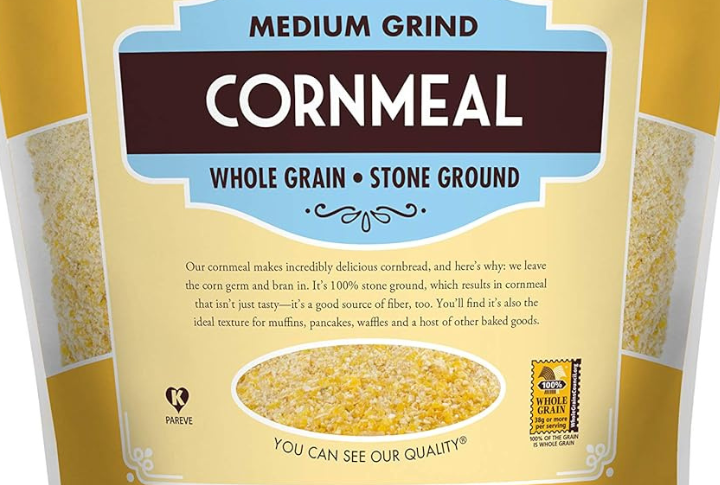
Nobody wants their perfectly shaped pizza stuck to the peel or baking surface. Cornmeal acts as tiny ball bearings to help the dough slide effortlessly onto the stone. Unlike flour, cornmeal adds a slight crunch and subtle flavor. Some pizzaiolos also use semolina flour, which has a similar effect but a slightly different texture.
Get The Sauce Consistency Right

A watery sauce turns a crisp crust into a mushy mess, while an overly thick sauce won’t spread properly. The ideal sauce coats the back of a spoon without running off. Simmering tomatoes briefly removes excess moisture to intensify flavor without making the crust soggy. Striking the right balance enhances taste and texture.
Avoid Too Many Toppings
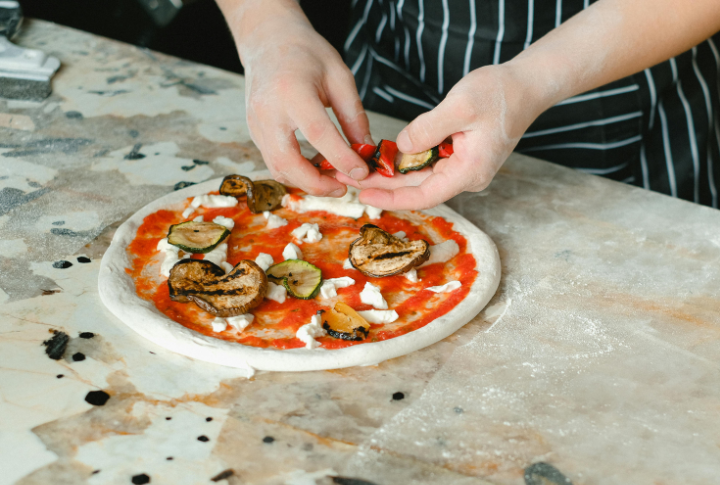
More isn’t always better. Overloading the pizza with toppings leads to uneven cooking and a heavy, undercooked center. Stick to a few high-quality ingredients that complement each other. A good rule of thumb: if your toppings slide off when you pick up a slice, you’ve gone overboard.
Choose The Best Cheese
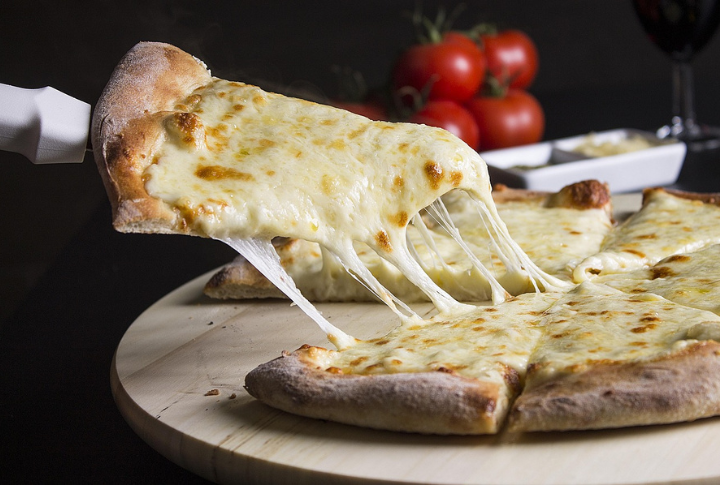
Not all cheese melts the same way. Low-moisture, whole-milk mozzarella creates the perfect stretch without excess grease. Fresh mozzarella adds richness but contains more moisture, which can make the pizza watery. Blending cheeses like parmesan, provolone, or fontina can enhance flavor complexity while maintaining the ideal melt and texture.
Layer Ingredients In The Right Order

Toppings need to be arranged with strategy. First, add sauce, then cheese, and then add heavier toppings like meats. Delicate ingredients like basil or arugula should be added after baking to retain their freshness. Misplacing ingredients can cause burning or sogginess. Proper layering ensures a well-balanced pizza from crust to topping.
Brush Crust With Oil

Brushing the edges with olive oil or garlic-infused butter before baking enhances both color and taste. For a crispier crust, try using a high-smoke-point oil like avocado or sunflower oil. Some pizza makers even add a sprinkle of parmesan or dried herbs on the crust for an extra boost of flavor.
Use A Pizza Peel
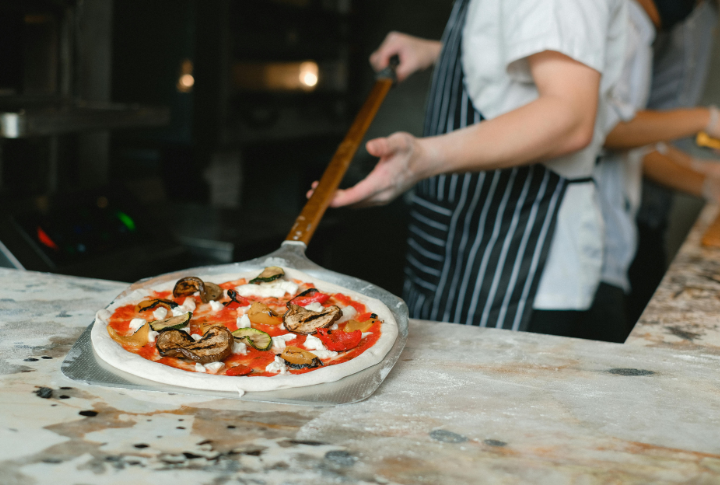
Transferring an uncooked pizza to the oven without a peel can feel like an Olympic sport. A pizza peel makes the process effortless. If you don’t have one, an inverted baking sheet can work. Dust the peel with flour or cornmeal, then slide the pizza on the steel or stone with a confident flick.
Rotate Pizza
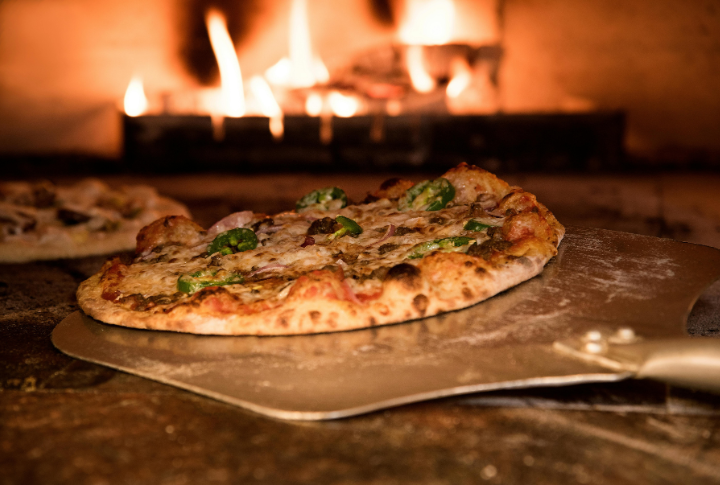
Even the best home ovens can have hot spots, so rotating your pizza halfway through baking helps achieve an even cook. Without this step, one side may burn while the other stays pale. Monitor your pizza closely, as some areas cook faster, and adjust the position to avoid undercooking or burning.
Let Pizza Rest Before Slicing
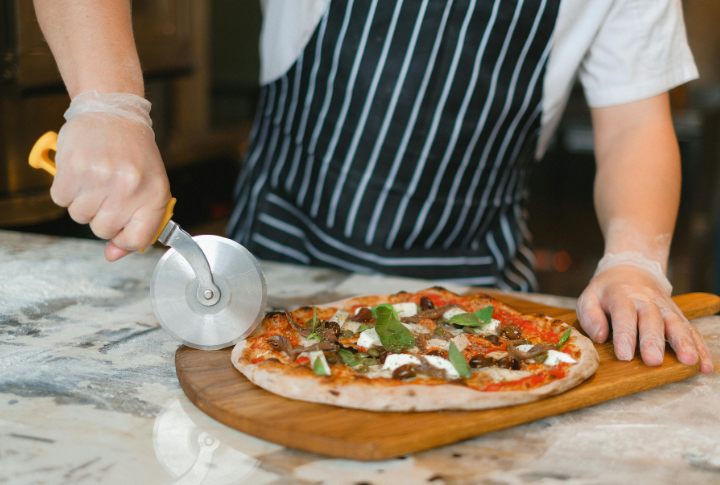
The moment a pizza emerges from the oven, it’s tempting to cut right in—but patience pays off. Slicing too soon releases steam, which makes the crust soggy and causing toppings to slide around. Letting the pizza rest for two to three minutes allows the cheese to set and the crust to maintain its crispness.
Experiment With Different Cooking Methods
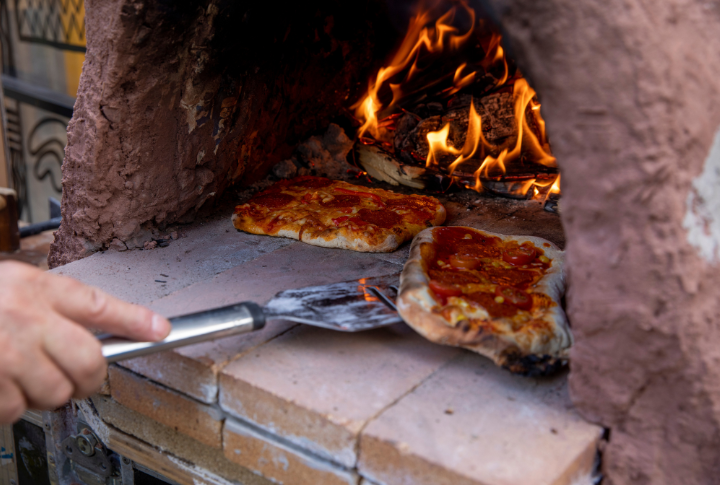
Not all great pizzas come from an oven. Grilling a pizza over an open flame adds an irresistible smoky flavor, while a cast-iron skillet mimics a brick oven’s intense heat. Some pizza enthusiasts even use an outdoor pizza oven, reaching 900°F for authentic Neapolitan-style crusts. Air fryers can also work for quick, personal-sized pies.
Experiment With Unique Toppings

Pizza is all about creativity! While classics like pepperoni and mushrooms are beloved, don’t hesitate to try unique toppings like prosciutto, figs, arugula, or goat cheese. You can even experiment with seasonal fruits, vegetables, or unusual cheeses to enhance your pizza and create a one-of-a-kind culinary experience.
Leave a comment